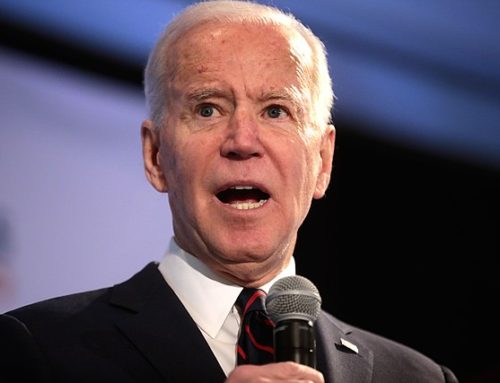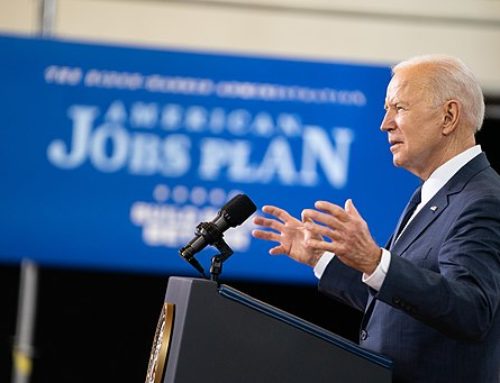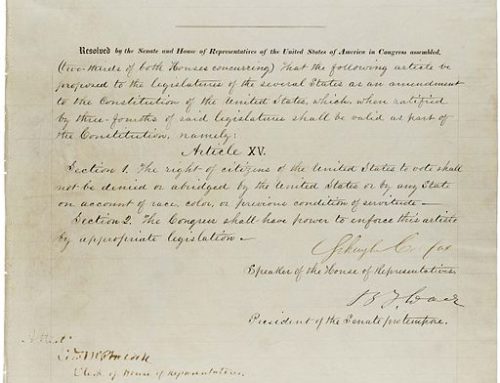Last week I wrote about the proposed 2018 Trump Budget. The Trump 2018 budget did not focus on Entitlement Programs, which represent about two-thirds of government expenditures.
Since then I thought about the impact on the budget if the cost of funding our $20 Trillion deficit rises by 1% or $200 Billion. Given that the Federal Reserve is expected to raise interest rates another 1.5% over the next two years, it is reasonable to expect that the government’s cost of borrowing will rise 1%.
The bottom line is America faces draconian cuts to pay for the expected increase cost increase.
Specifically, under one scenario to overcome the $200 billion increase in carrying costs, the budget for the Environmental Protection Agency, State Department, Agriculture, Labor, Justice, Health and Human Services, Commerce, and Education would all go to 0.
Obviously, we could make cuts in the other departments to accommodate the $200 Billion increase; this is like moving the deck chairs on the Titanic. In brief our years of monstrous growth in federal deficits is going to catch up with us very soon.
My down and dirty does not really capture the dimension of the problem. That is some 70% of the budget is Entitlements. Sadly, Entitlements have been running horrendous deficits that politicians never discuss, because Entitlements are the “third rail of politics.” Specifically, long-term unfunded obligations in Medicare and Social Security, according to the 2014 report from their respective trustees, reached $49 trillion. That is 2.5x the size of the Federal deficit.
President Trump’s 2018 Budget Proposal represented a massive change in priorities. He proposed cutting $ billions from almost all government agencies in order to pay for large increases in military and homeland security. The total budget for Veteran Affairs, Homeland Security, and Defense is $641.9 Billion. In contrast the total spending for all the other agencies is $268.3 Billion. The increase in spending proposed by Trump for defense is greater than the proposed budgets for E.P.A., the State Department, Labor and Agriculture combined. Clearly, if the Trump Administration realistically faces the added burdens of higher interest rate costs, Trump might have to roll back 100% of his proposed increases for Homeland Security, Veteran Affairs, and Defense in 2020.
In conclusion, our $20 Trillion deficit is indeed the Elephant in the Room. Economists have warned us that once the deficit got over 100% of the GNP we will face fiscal challenges. It does not take much imagination to see we will have to revisit our budget priorities.
Today’s Wall Street Journal highlighted that we have two contradictory trends. On the one hand, the stock market has been ebullient since Trump’s election. On the other hand, many Trump initiatives are being challenged. Specifically, Republican infighting is bogging down the health-care bill and legislative action on an overhaul of the tax code.
To put my argument in perspective, I am repeating the impact of Trump’s 2018 Budget. The difference in 2020 many of these agencies spending could go to $0.
2018 Trump Budget Proposal
Environmental Protection Agency -31%
The E.P.A. is among the hardest-hit agencies. The budget calls for elimination of 3,200 staff positions—20% of the department. It would eliminate all funding for enactment of the Clean Power Plan, the regulations designed to curb greenhouse gas emissions from power plants.
State and other Development Programs -29%
Diplomacy and Development would be hard hit! The United Nations will be a prime target. Climate-change initiatives in the UN would lose all their funding. The government would pay no more than 25% of the cost of U.N. peacekeeping operations.
The World Bank would be trimmed by $650 million and other cultural programs would also face major reductions. Israel’s $3.1 billion annual military aid would be untouched.
Agriculture -21%
Trump wants to reduce funding for National Forest System, eliminate loan and grant programs for water and sewage systems.
The budget would provide $6.2 billion for Special Supplemental Nutrition Program for Women, Infants, and Children
Labor -21%
Trump wants to scale back on a number of job training programs, including those aimed at helping seniors, disadvantaged young people, and unemployed Americans.
Justice -20%
Health and Human Services -16%
Eliminates $4.2 billion in community service programs like the Low Income Home Energy Assistance Program. It cuts National Institutes of Health by $5.8 billion. Congress is expected to vigorously protest the cut to NIH, given the bipartisan support for the Cures Act, a biomedical research bill.
Commerce – 16%
Eliminates National Oceanic and Atmospheric Administration grants for coastal and marine management, and eliminates the Minority-owned Business Development Agency.
Education -16%
Program provides $1.4 billion increase for public and private school choice programs. It eliminates funding for before-and after-school and summer programs. Federal Supplemental Educational Opportunity Grant, which is reserved for college students with the greatest need for financial aid, would be eliminated.
Transportation -13%
Eliminates funding entirely for a program that subsidizes commercial air flights from rural airports.
Housing and Urban Development -12%
Eliminates some local improvement efforts and anti-poverty programs.
Interior -12%
Increases funding for programs that drill for oil and gas on public lands and cut funding for programs such as National Heritage Areas and National Wildlife Refuge Fund.
Energy -6%
Eliminates programs to support breakthrough clean energy technology
Treasury -4%
IRS will face deep budget cuts.
Veteran Affairs +6%
The budget provides more funds for programs that allow veterans to seek care outside of V.A. facilities.
Homeland Security +7%
Provides more funds for border security and pay partially for a wall between Mexico and the United States.
Defense +10%
It is unclear where the proposed increase of $52 billion will go.
Originally published in the Sarasota Herald-Tribune



